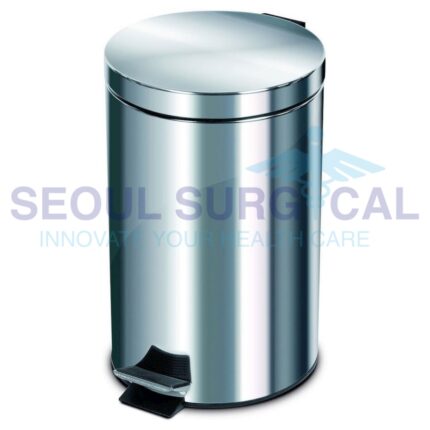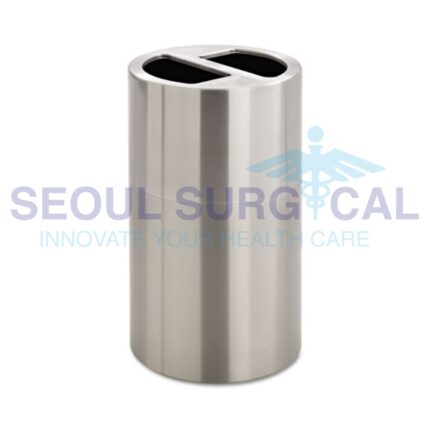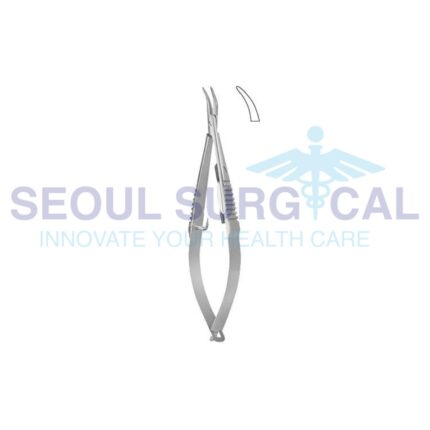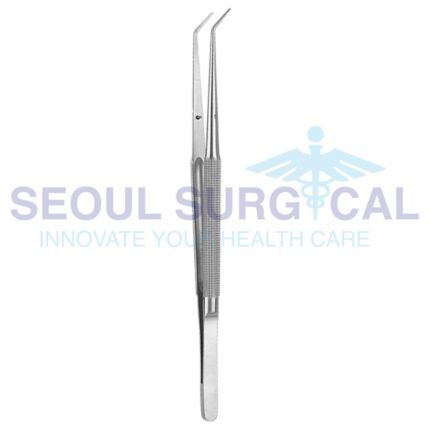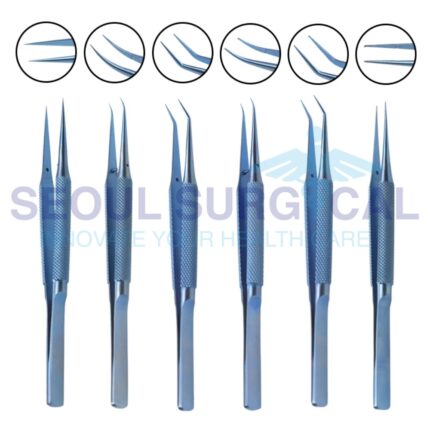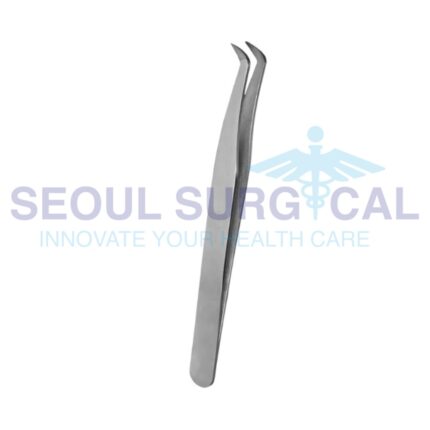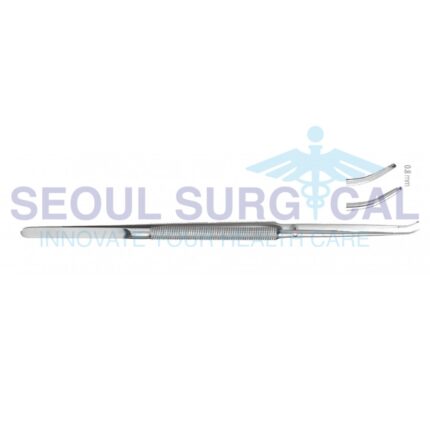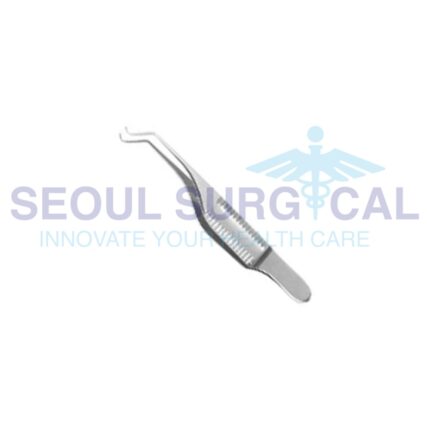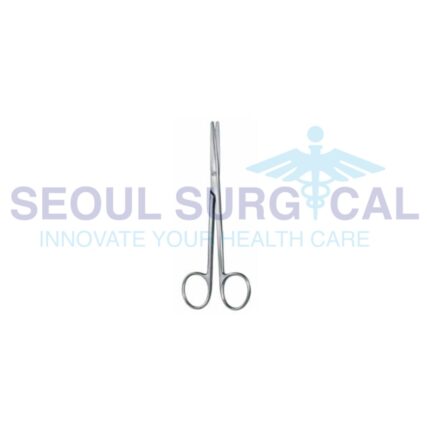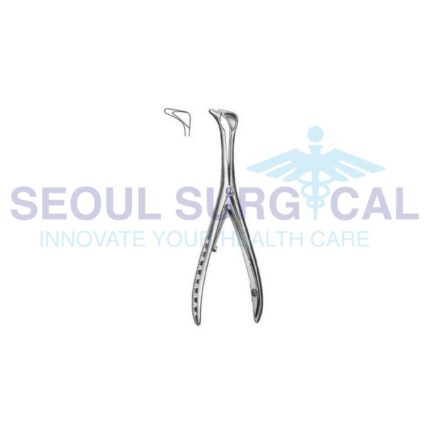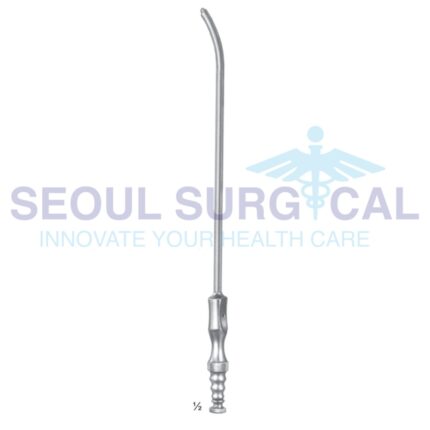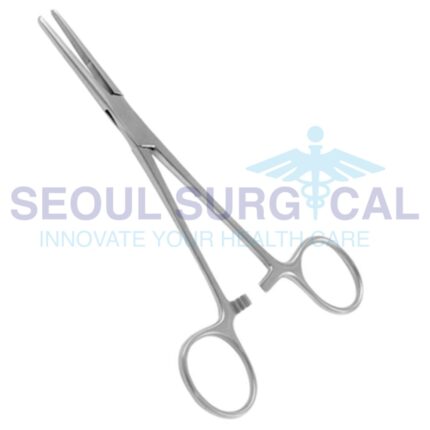Metal Mastery: Exploring the Durability and Practicality of Stainless Steel Receptacles
Metallic Elegance: The Functional Design of Stainless Steel Receptacles
Micro Maneuvers: A Guide to Precision with Micro Ring Forceps
Micro ring forceps are an integral part of microsurgical toolkits and are used by skilled surgeons to perform intricate procedures. Common applications include ophthalmic surgery, vascular surgery, neurosurgery, and reconstructive surgery. The choice of micro ring forceps depends on the specific requirements of the surgical procedure and the surgeon's preferences for handling small and delicate tissues with precision.
Microscopic Mastery: Navigating Delicate Procedures with Atraumatic Forceps
These forceps are typically made from high-quality materials such as stainless steel and are designed to withstand repeated sterilization for use in aseptic surgical environments. Surgeons use atraumatic micro forceps to ensure minimal tissue damage during delicate procedures, such as those in ophthalmology, neurosurgery, and plastic surgery, where precision and gentle tissue handling are crucial for successful outcomes.
Microscopic Precision: A Comprehensive Guide to Microscopic Forceps in Surgery”
Microscopic forceps play a crucial role in microsurgery, including procedures such as ophthalmic surgery, vascular anastomosis, nerve repair, and other intricate surgeries performed under a microscope. The fine manipulation and control provided by these forceps contribute to successful outcomes in delicate and challenging procedures. The choice of microscopic forceps depends on the specific requirements of the surgical procedure and the surgeon's preferences for handling small tissues with precision.
Microsurgical Mastery: Essential Tools for Precision with Micro Ring Forceps
Micro ring forceps are an integral part of microsurgical toolkits and are used by skilled surgeons to perform intricate procedures. Common applications include ophthalmic surgery, vascular surgery, neurosurgery, and reconstructive surgery. The choice of micro ring forceps depends on the specific requirements of the surgical procedure and the surgeon's preferences for handling small and delicate tissues with precision.
Microsurgical Precision: A Guide to Micro Dissecting Forceps in Minimally Invasive Procedures
The use of micro dissecting forceps requires a high level of skill and precision, and they are typically employed in procedures where traditional surgical instruments may be too large or lack the necessary delicacy. Surgeons and researchers rely on these specialized forceps to achieve optimal outcomes in microsurgical interventions.
Nasal Navigation: Understanding the Functionality of Sinus Forceps in Surgical Excellence
The choice of sinus forceps depends on the specific sinus involved, the nature of the procedure, and the surgeon's preferences. These instruments play a crucial role in sinus surgery, helping to improve sinus drainage, alleviate symptoms, and treat various sinus-related conditions. Surgeons use sinus forceps with precision to navigate the complex anatomy of the nasal sinuses and achieve optimal outcomes for patients.
Nasal Wellness Toolbox: A Comprehensive Guide to Rhinology Instruments
These instruments are essential for diagnosing and treating various nasal and sinus conditions, including nasal congestion, sinusitis, nasal polyps, and structural abnormalities. Rhinology procedures often involve a combination of diagnostic and therapeutic techniques, and the choice of instruments depends on the specific nature of the condition being addressed.
Navigating Entry: The Dual Role of Trocars and Suction Tubes in Surgical Procedures
In laparoscopic surgeries, trocars are initially used to create access ports, and once access is established, various instruments, including suction tubes, can be introduced through these ports. Trocars are typically inserted under direct visualization using a camera system, allowing the surgeon to monitor the entry into the abdominal or thoracic cavity.
Navigating the Abdominal Terrain: Insights into Peritoneum Forceps in Surgical Practice
The choice of peritoneum forceps depends on the nature of the surgical procedure, the specific tissues being manipulated, and the surgeon's preference. These forceps are made of high-quality materials such as stainless steel and are subjected to sterilization processes before use in surgery to maintain aseptic conditions. The delicate and precise design of these forceps allows surgeons to handle peritoneal tissues with care during abdominal and pelvic surgeries.

